Organisms in tropical trees
Organisms in tropical trees
Hello dear readers I am still in my quarantine and I have dedicated myself to being more observant than usual, thanks to my trained eye I was able to quickly detail some organisms that live harmoniously in several trees over 30 meters high.

I really enjoy living at the foot of one of the most recognized mountains in Venezuela. Some know it by the name of Avila, others by the name it was given a few years ago, Guaraira repano, whose origin is aboriginal, as they called it before the arrival of the Spanish invaders.
Mushrooms
The fungi are multi-cellular organisms that are found everywhere in the world especially in humid forests where they can develop without any problem, this fungus I got in the trunk very close to the roots of the tree whose species is a Saman, When I started the publication I said that these organisms live harmoniously although not everything is good since the Xilophagus type fungi rot the bark, roots and interior of the trees, however from my point of view this tree that I presented in the graphics are trees that are more than 100 years old and their natural cycle without human interaction comes to an end. I could say that it is like terminal diseases and worms that decompose the human. It is natural therefore I cannot consider it to be a hostile aspect within the plant world.
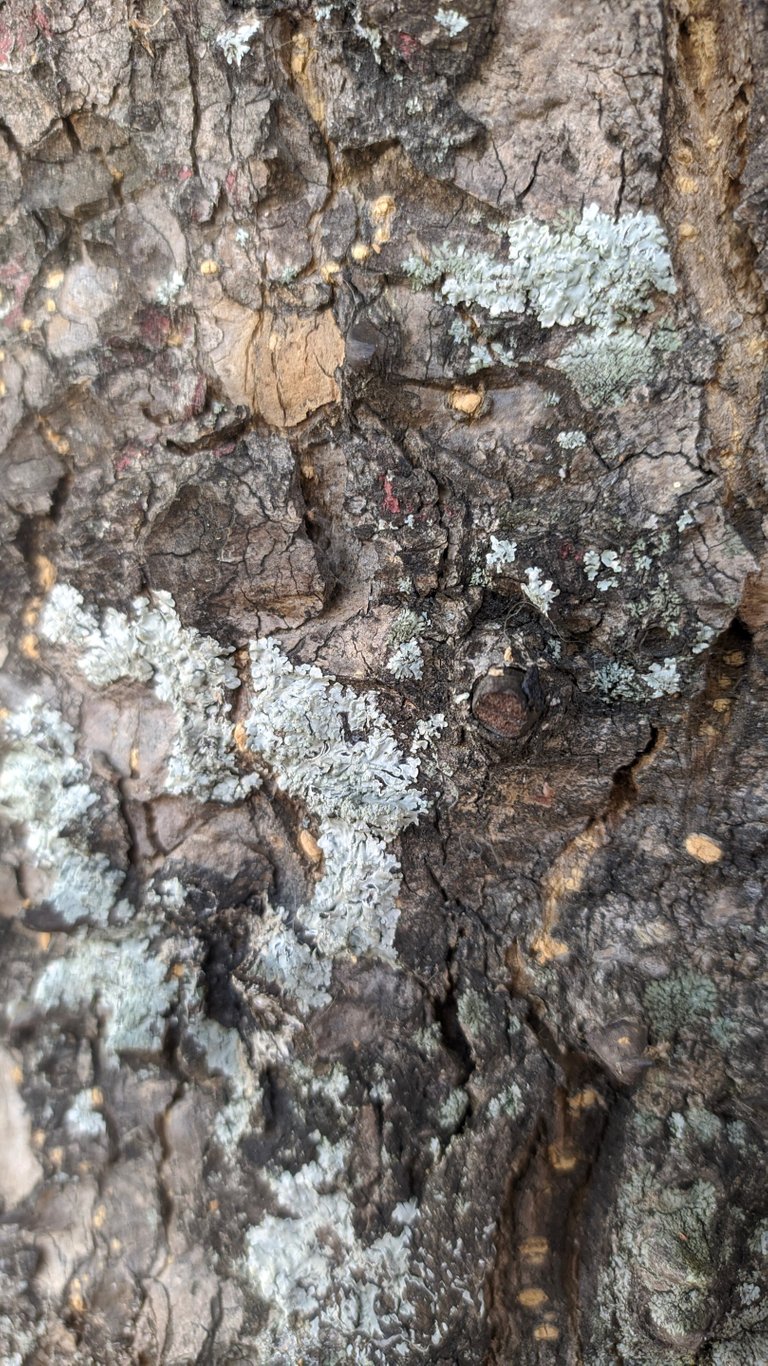
Those trees that are strong and on average have many more years to live protect themselves and create antibodies necessary to fight and suffocate any colony that tries to shorten the life of the tree.
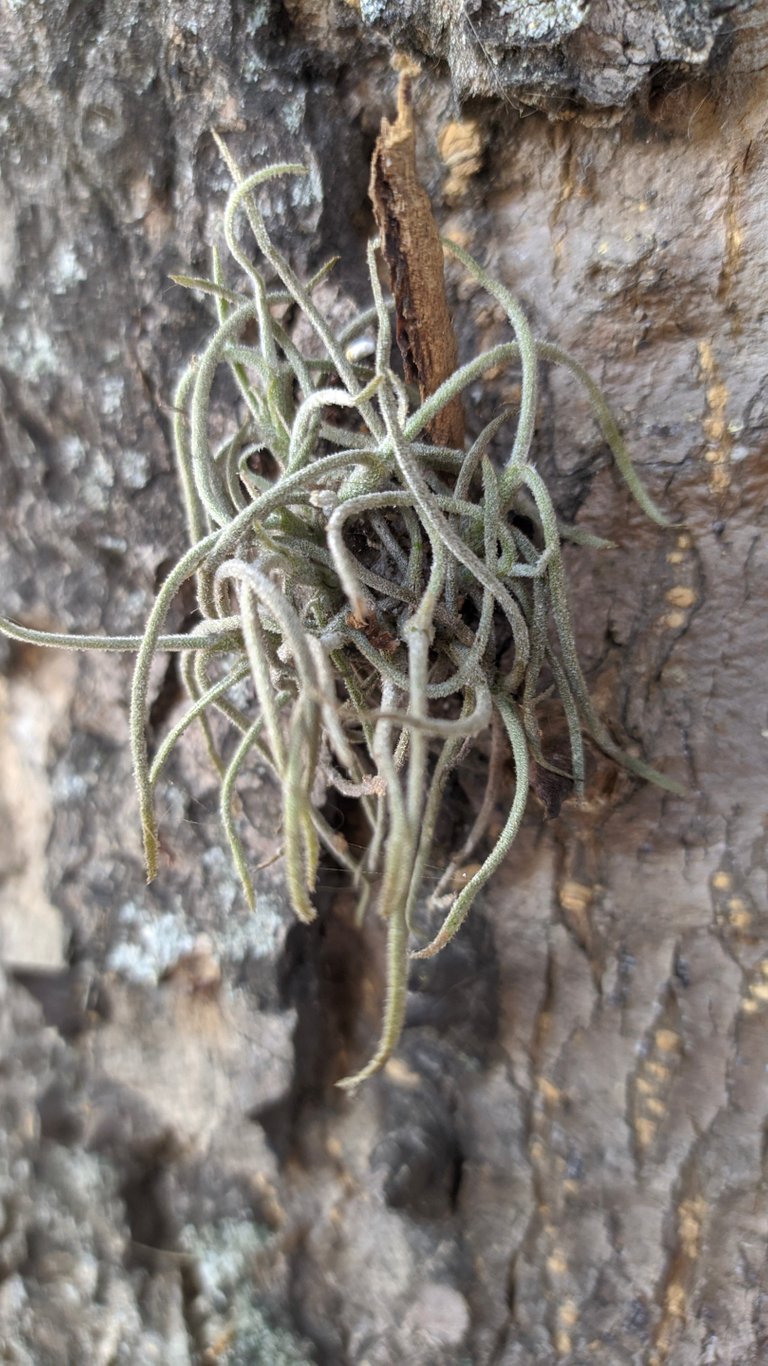
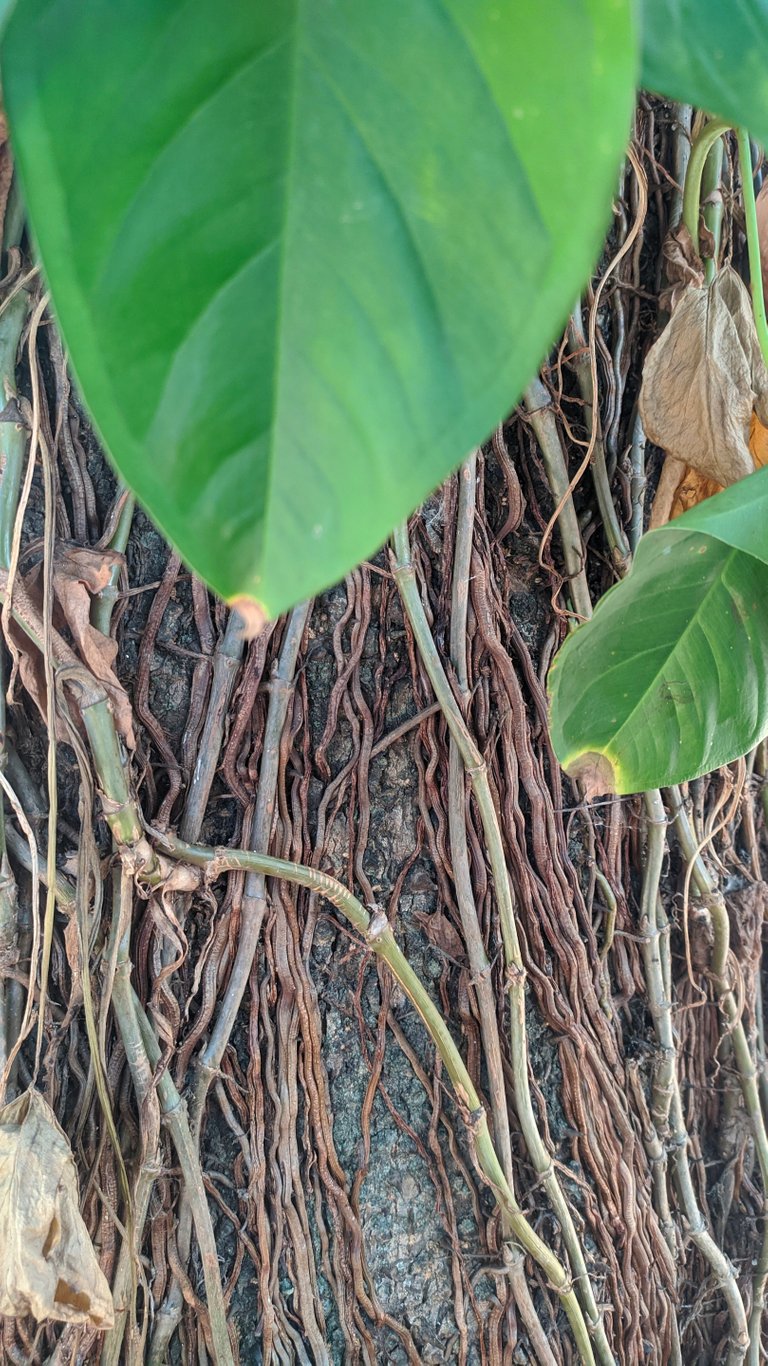
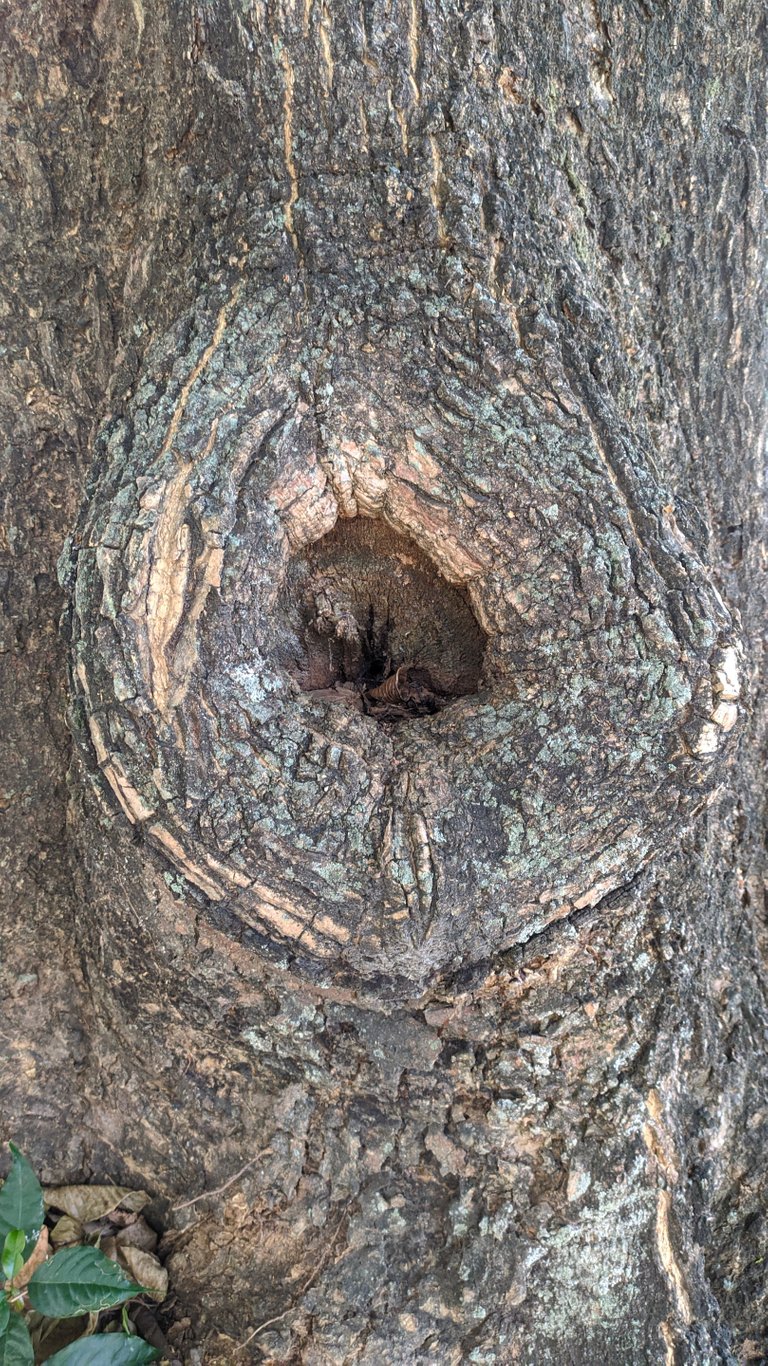
Parasitic Plants
Trees also face other challenges, not only fungi can affect plant life, parasitic plants also mean at least 50% of the trees on the planet some are beneficial to the life of a tree others are an enemy and silent killer, they are smaller in size but in the long term they can cover a large tree strangled and kill any tree regardless of its size.
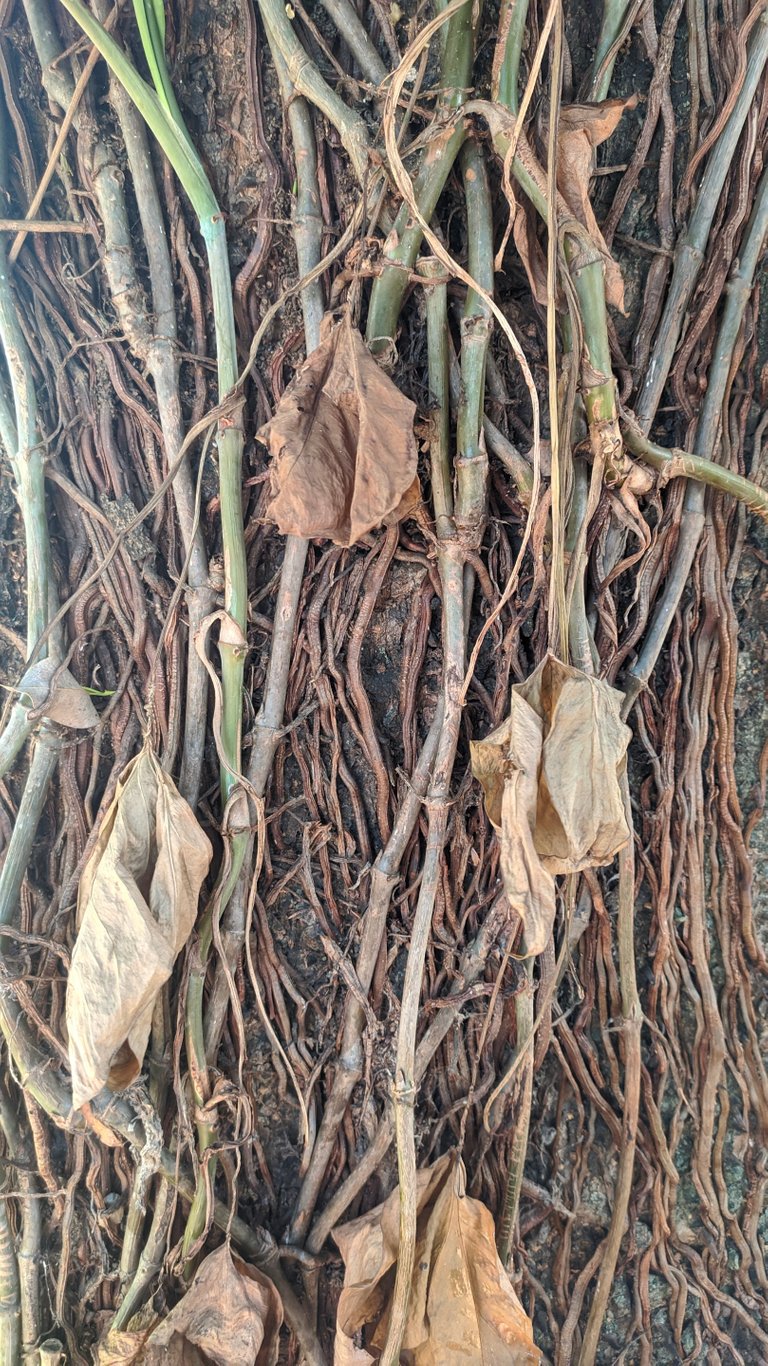

Bark
The most effective natural tool to combat any living plant organism that a tree may have is the bark. In the case of the kapok, its bark has multiple thorns that protect the tree not only from parasitic plant organisms and fungi, but also fights certain mammals that can cause damage to the tree. The kapok tree has a very hydrated and soft interior, which is why the spiny bark plays a fundamental role in the survival of this species.
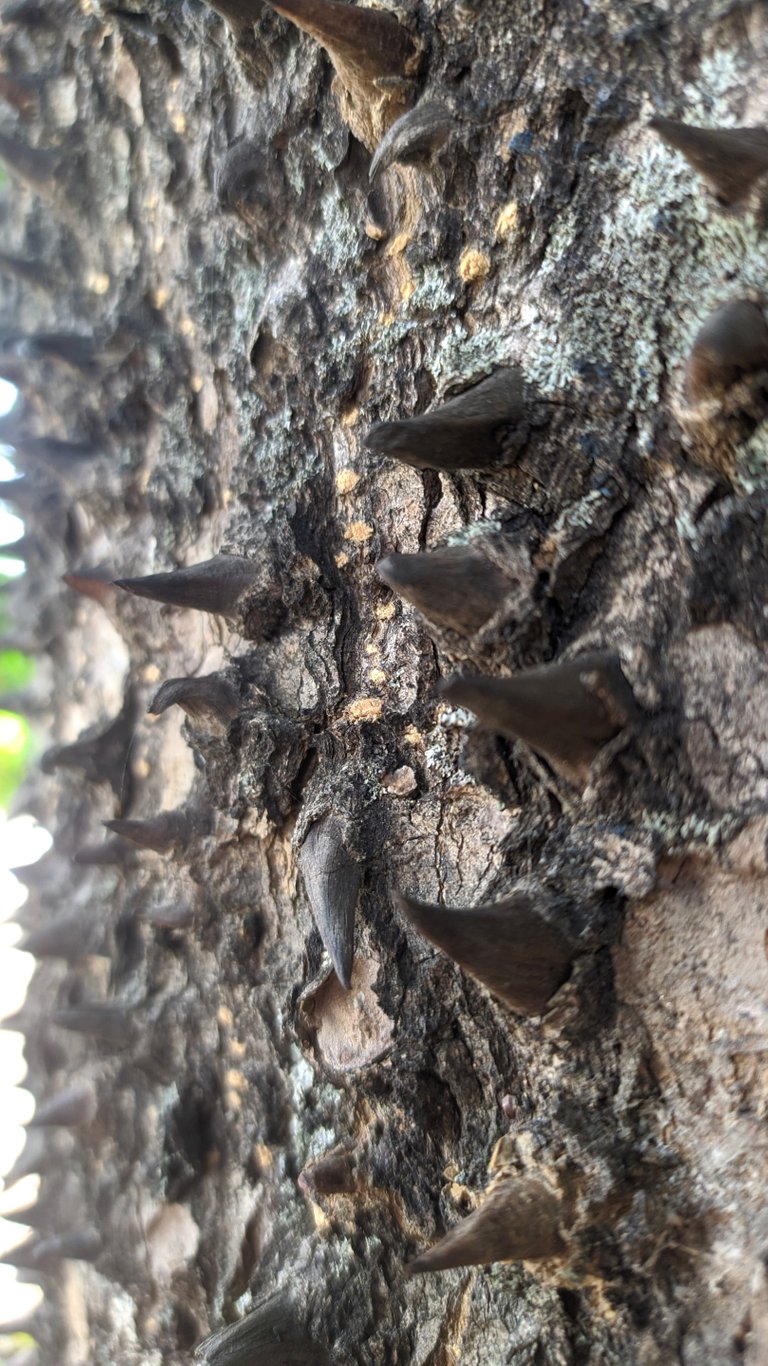
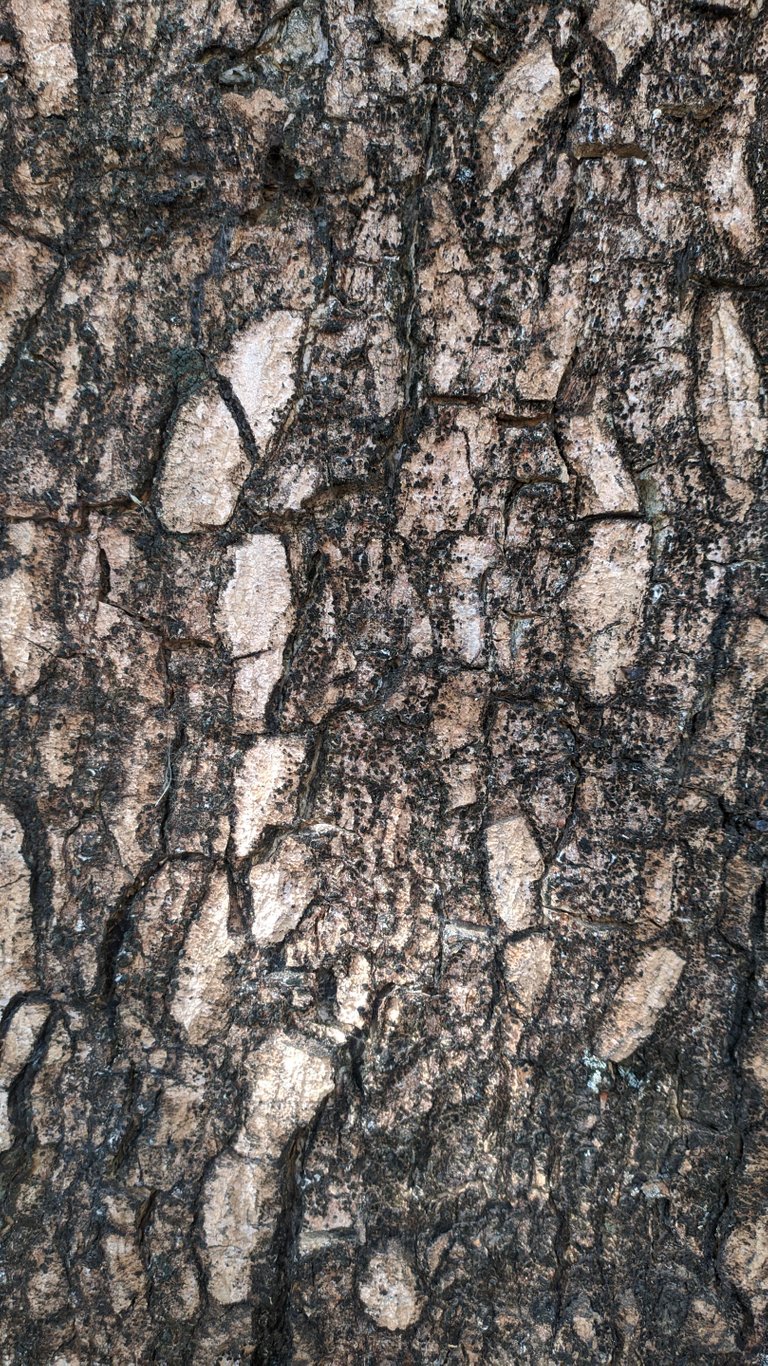
Conclusion
The forms of protection and life of natural species is obviously logical and I do not consider under any circumstances that it is aggressive or an index of hostility on the part of other living organisms that also need to live is a perfect balance and should be considered as such. On the contrary, when it comes to plant species that are part of crops for human consumption any parasitic species and fungi are considered a threat to plant life as an imminent danger to human consumption.
https://mobile.twitter.com/IvanMontti/status/1254101643504889856
#oc #posh #tweet
Congratulations, your post has been manually curated by @r2cornell. I can also be found on our hive community: (https://beta.steemit.com/trending/hive-152200) & (https://peakd.com/c/hive-152200/created) as well as on my Discord Server located at: https://discord.gg/EjQxYgq